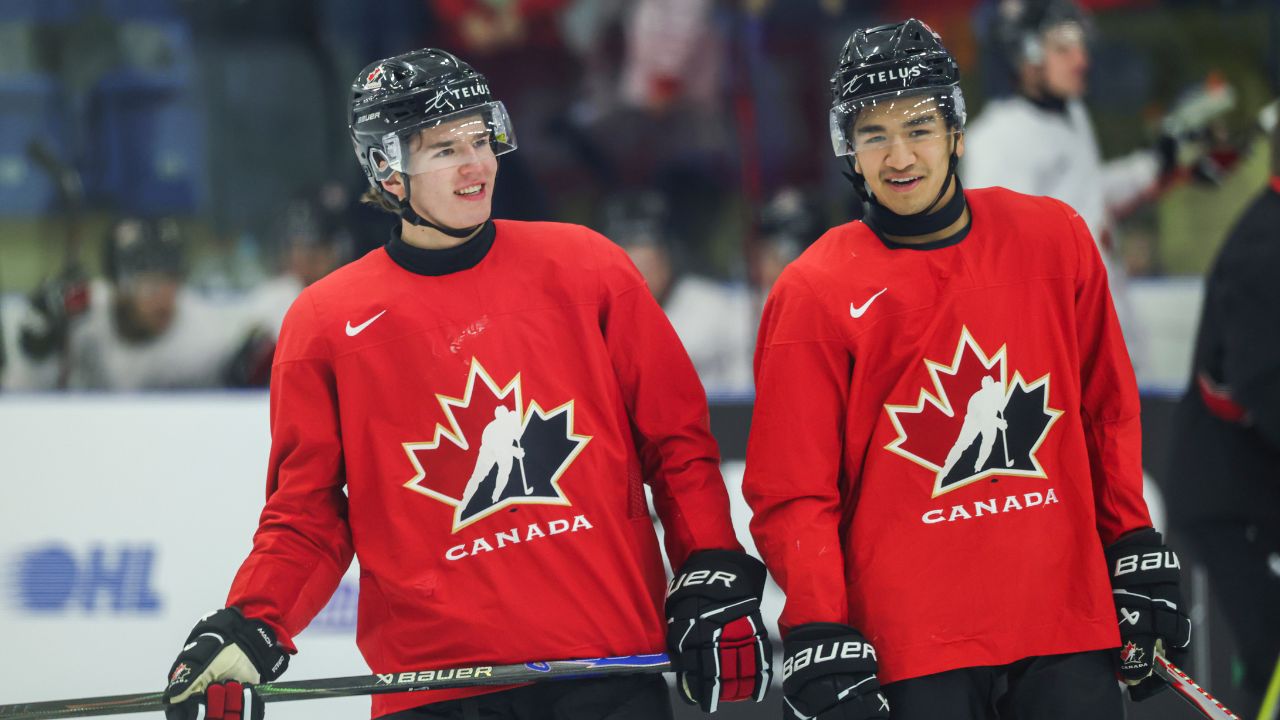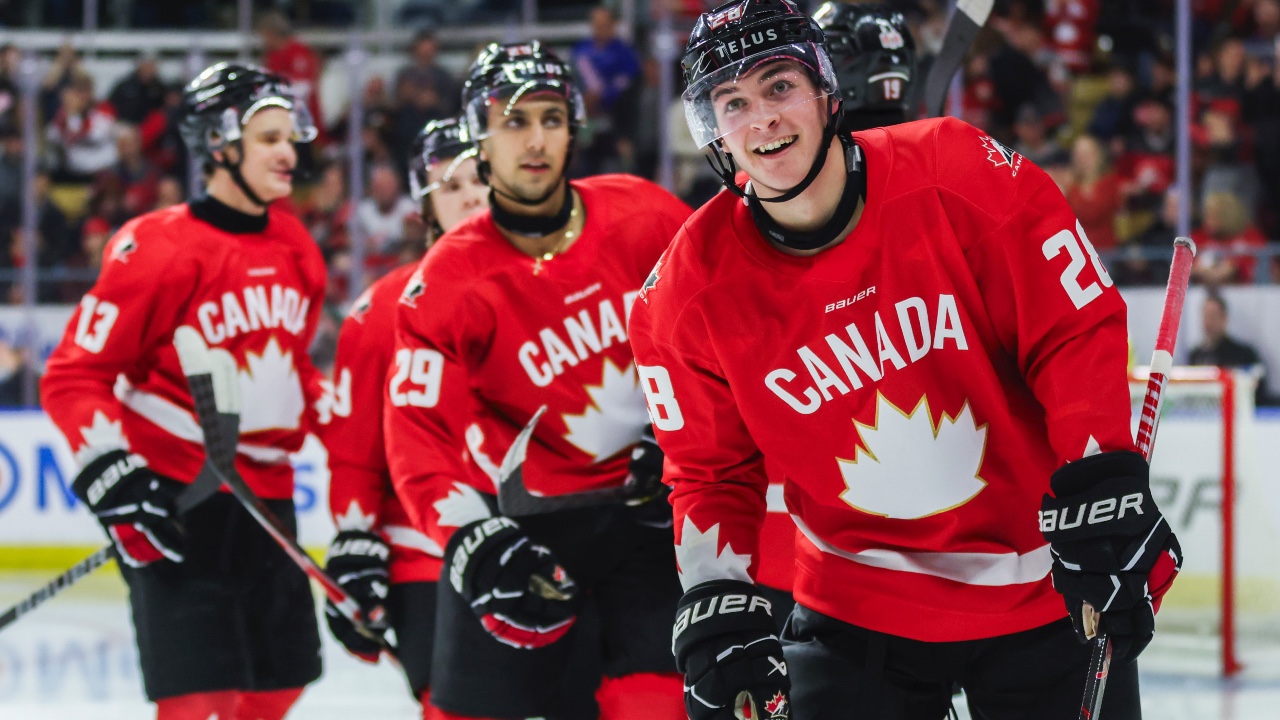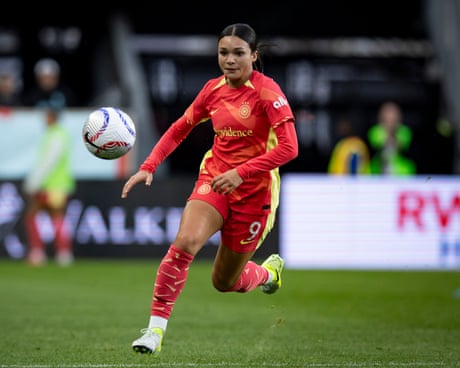
Those who were in the room call it a big step.
Sure, the list of items still to be worked out are much more significant in scope than the framework the NHLPA’s Executive Board voted favourably for on Friday night. But it’s a move in the right direction. The first tangible progress towards finishing off the 2019-20 NHL season after more than 10 weeks of uncertainty brought on by the novel coronavirus.
Here’s what the player reps for 31 teams agreed to: A 24-team return-to-play format that will see the top four seeds in each conference given “byes” directly to the playoffs while the other 16 enter a best-of-five play-in round to determine their opponents.
At this point, that’s all.
Some of the other details Elliotte Friedman and I have reported on in recent days are still subject to further discussion — namely if a bracketed playoff format will be used, as is the NHL’s preference, or if seeding might apply instead.
That will help determine what the initial round-robin games played between the top four seeds mean. There had been thought they would be used to allow for some jockeying between positions, but the precise mechanics behind that still need to be hashed out.
And if a seeding system is used, it’s hard to imagine anyone other than the Boston Bruins ending up with the No. 1 spot in the Eastern Conference given that they had an eight-point lead over Tampa when the season was paused.
File that under a matter for another day.
It was a journey for the players to agree to a 24-team framework and included a Thursday night call with the Executive Board where emotions ran high. Not everyone was in favour of Montreal and Chicago being included — two teams who had infinitesimally small odds of reaching the playoffs under the traditional system.
Now they’ve each got a chance to get in by taking three-of-five games from an opponent that had a much better regular season. The Habs were 15 points behind Pittsburgh while the Blackhawks were 11 back of Edmonton, and they’re all essentially on equal footing.
Still, the Penguins voted in favour of this framework because they supported the greater good. And they weren’t the only ones.
“At the end of the day, nobody gets exactly what they want,” said Kris Letang, Pittsburgh’s NHLPA rep, in a Friday night conversation with Friedman. “But we all want what is best for hockey and to continue to grow the game.”
The vote essentially closes the book this season on the bottom seven teams: Buffalo, New Jersey, Anaheim, Los Angeles, San Jose, Ottawa and Detroit.
Everyone else still has a chance to lift the Stanley Cup.
[radioclip id=4909337]But for all the hope that comes with handicapping play-in matchups, there is considerable ground to cover before this concept becomes reality. Issues like securing enough testing capacity and agreeing to the safety protocols. Addressing player concerns about separation from families for a long period of time and determining which two cities will be used as return-to-play hubs. Getting somewhere in the neighbourhood of 100 players back from Europe and seeing if every team will be able to hold a training camp in its own city.
And, while the discussions continue on all of those items, the NHL is still looking to put the wheels in motion on the next phase of its return-to-play plan by opening team facilities for small-group workouts.
The biggest question of all remains unanswered: When might all of this start?
There are those who believe — or hope — we might be seeing NHL games played by the end of July, but that’s not something the league or anyone else can say right now with certainty.
You’re probably sensing a trend here.
Perhaps that’s why Friday night’s vote was hailed by some as a significant step: Cast alongside this mountainous to-do list, it should lead to getting one big matter struck off.
We also have a clearer idea of what everything might look like if it’s ever safe enough or feasible enough to resume the pursuit of the Stanley Cup.




